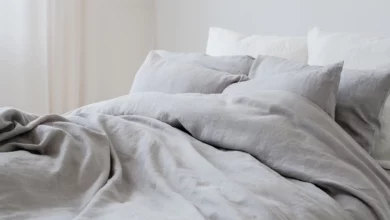
Are you having a cryptocurrency business and struggling to attract more customers towards your brand? If so, choosing the crypto…
Read More »
Unlocking an iPhone without a passcode can be a lifesaver when you find yourself locked out of your device. Whether…
Read More »
The whole concept of sales and marketing rests on the role played by the packaging. That is why you have…
Read More »
Magento and Shopify are frequently mentioned as leading contenders in discussions about e-commerce platforms. Both are popular choices for building…
Read More »
Choosing Linen is one of the most popular and affordable options for choosing the proper bed sheets. However, you get…
Read More »
Whether you are a relatively new venture, an established local business, or a global corporation, you should always be on…
Read More »
As seasons grow increasingly stormy, homeowners’ need to fortify their homes becomes ever more urgent. Consider the sobering reality that…
Read More »
Energy is a real problem in our world. Its production causes over eighty percent of greenhouse gas emissions. That’s why many people…
Read More »
Chrisean Rock is an American demonstrate, vocalist, and social media star who features a net worth of $2 Million. She…
Read More »
In today’s fast-paced world, the ability to maintain focus and concentration is more important than ever. With distractions constantly vying…
Read More »